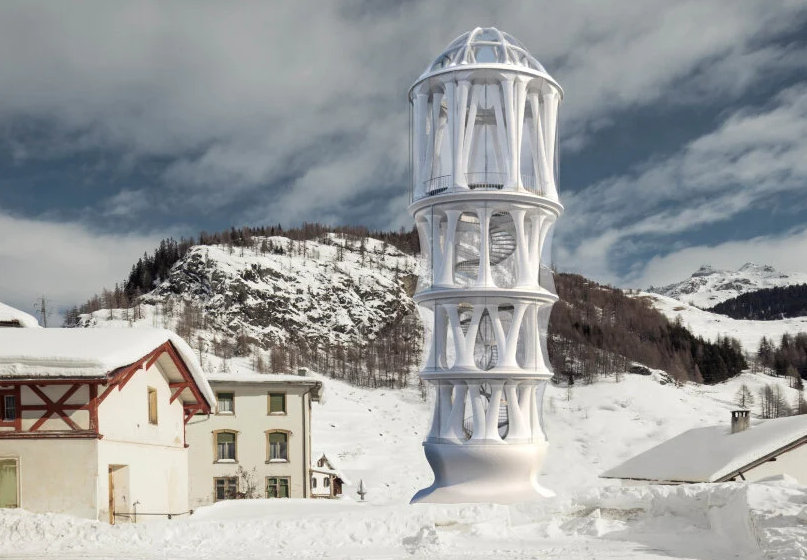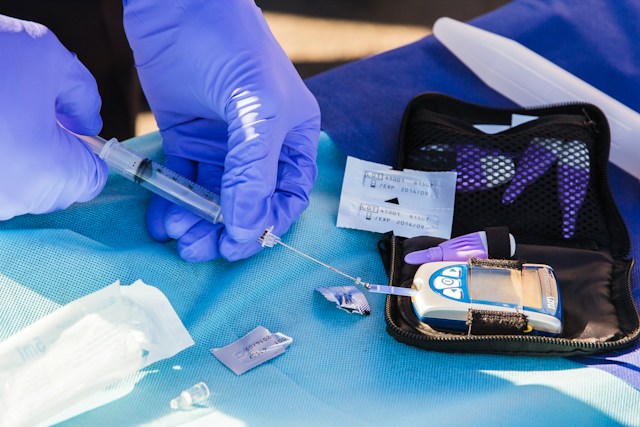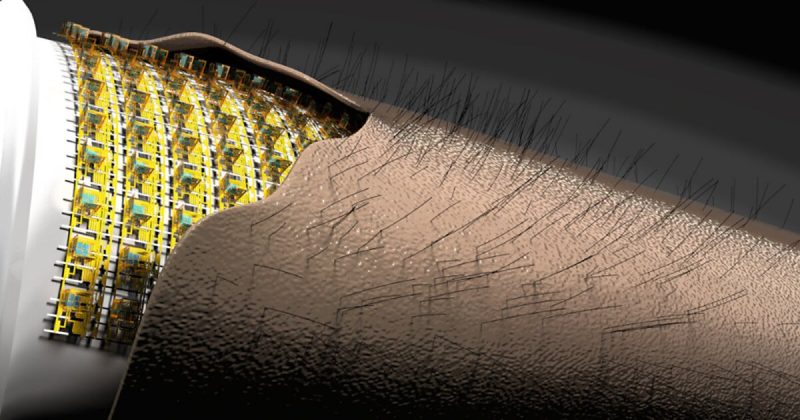Not a day seems to pass by without a new development taking place in the world of 3D printing. Disruptive technology has found a place in practically every industry, pushing boundaries by the hour. Now, a new milestone has been set for the technology with the imminent arrival of the tallest 3D-printed building.
Expected to have a height of 30 meters and 9 meters in diameter, the project that will reach this record is known as Tor Alva or The White Tower. The building is located in Mulegns, Switzerland, and is expected to open in the Summer of this year.
The five-level building is currently under construction, requiring the assembly of 124 3D-printed elements of which 32 are 3D-printed reinforced. The printing of all elements, which also includes over 2500 layers of extruded concrete, required over 900 hours of printing time.
The cyclopean efforts will result in a one-of-a-kind cultural center, capable of hosting 45 visitors at any given time. These visitors will get to enjoy a seat at an “intimate concert space” at the top after ascending the structure’s spiral case. These, like the building itself, are a tribute to the Grisons and its Baroque era style.
Nova Fundaziun, Origen, and ETH Zurich launched the project back in June 2021 in collaboration with over 10 other partners following a launch party attended by Swiss President Guy Parmelin. With the prefabrication of the tower already started, experts all over the world are closely monitoring the progress, seeking to replicate it in the future.
The building of the tower will represent a major milestone in the industry not only for its record height but also by highlighting the huge potential of 3D printing in the construction world. Computational design, digital fabrication, modular design, robotics, and sustainable materials are all central to this project, pushing the boundaries of architectural possibility.
Once Tor Alva opens the doors to the public, it will put the small village of Mulegns back in the back, revitalizing what the team has referred to as a “decaying town”. If successful, the project will show technology’s ability to revive and reimagine once again, exactly what 3D printing was designed for.







